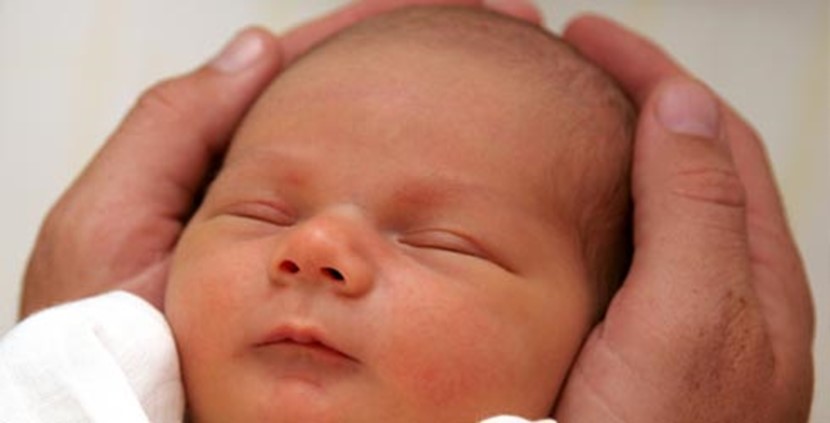Baby guide week three

Week Three
Your baby is now three weeks old!
FEEDING
At around three weeks of age, your baby may go through a growth spurt. You may notice that he or she wants to feed more frequently, or take longer or larger feeds than usual. This is quite normal, and may last a few days. If you are breastfeeding, don't worry that your milk supply is inadequate - the more baby feeds, the more milk you will produce.
BONDING WITH YOUR BABY
At birth, your baby can recognise your voice - after all, he or she has been listening to you speak for the past 9 months! The first few weeks and months are an important time for parent and baby to bond.
Breastfeeding is a great way to bond with your baby - baby loves the skin-to-skin contact, and the smell of being close to mum. If you are bottle-feeding, this is still an important bonding time, your baby will enjoy being cuddled as he or she feeds. For more bonding ideas, see here
It is important for dads to have bonding time with their newborn babies too. Baby may enjoy being rocked, or sung to, or the security of being cuddled against dad. See our Dads section for some more bonding tips.
MASTITIS
If you are breastfeeding, it is important to know the signs of mastitis, or a breast infection. Mastitis most commonly appears when your baby is between two and three weeks of age.
Mastitis is usually caused by a blockage in one of your milk ducts, which then becomes infected. A blockage can occur when baby does not effectively drain the breast during feeds, or when you have excess milk supply. It can be extremely painful.
The first signs of possible mastitis are a red, sore patch on your breast, or a lump in your breast. Later signs are flu-like symptoms - aching joints, fever and headache.
If you have any of these symptoms, talk to your LMC immediately. Mastitis can usually be cured very quickly with antibiotics, but if left untreated, can cause an abscess in your breast.
It is perfectly safe to continue breastfeeding whilst you have mastitis, in fact, feeding baby may help the infection to clear more quickly.
YOUR BABY'S DEVELOPMENT - SIGHT
At birth, your baby's sight is very limited. This is because he or she does not need sight in the womb! He or she will only be able to see shadows, and very close objects.
Over the first few weeks of life, baby's sight develops rapidly. He or she will begin to see objects, and then gradually to focus.
You can help your baby's sight to develop by providing him or her with slow-moving, or still, objects to look at. Young babies cannot distinguish colours, so bold, black and white images are best. Perhaps try drawing large shapes with black marker on a sheet of white paper and attaching it to the wall above baby's cot or bassinette.
With the development of sight also comes recognition - and smiling! You can expect your baby to start smiling sometime between three and six weeks.

